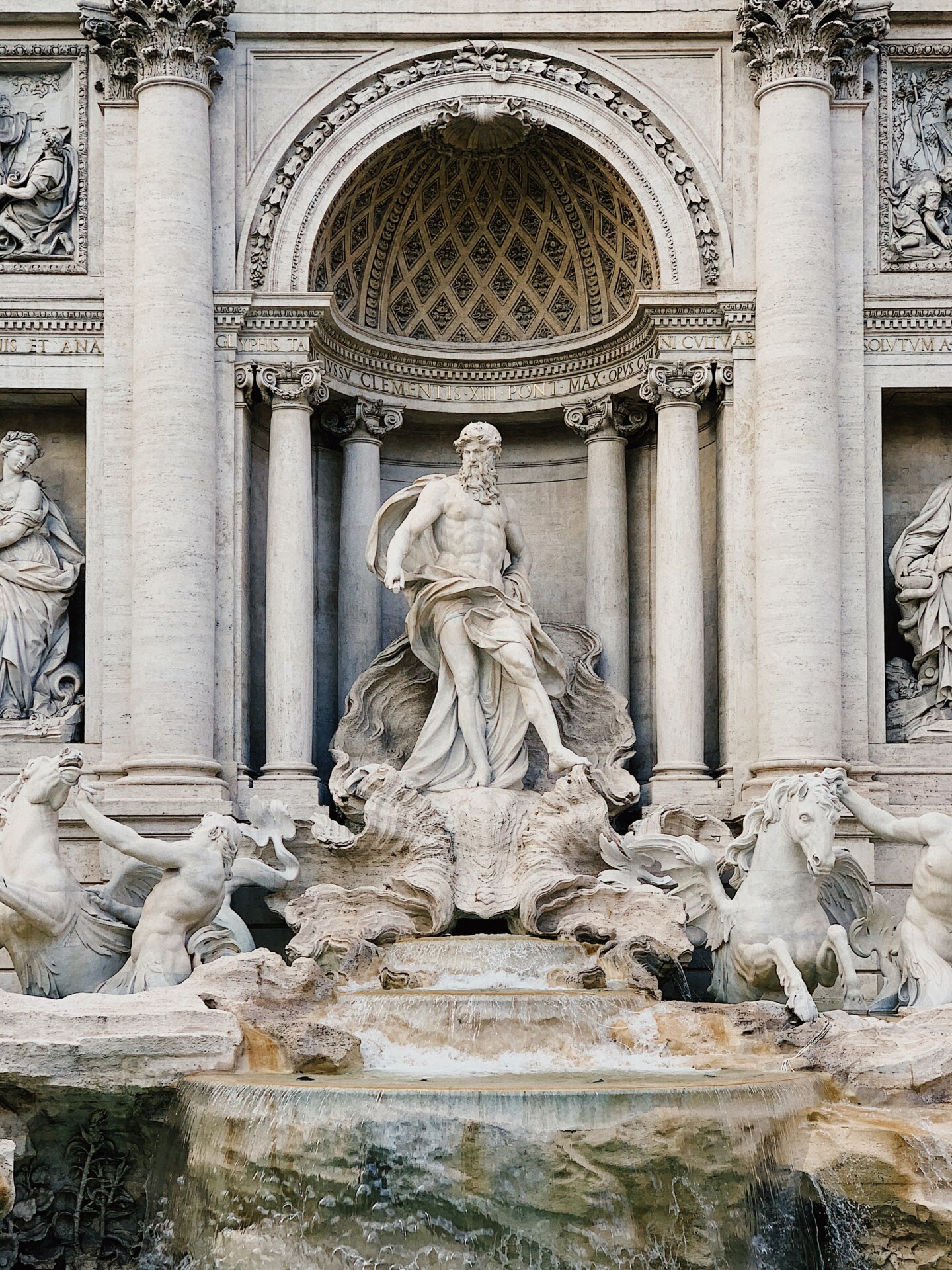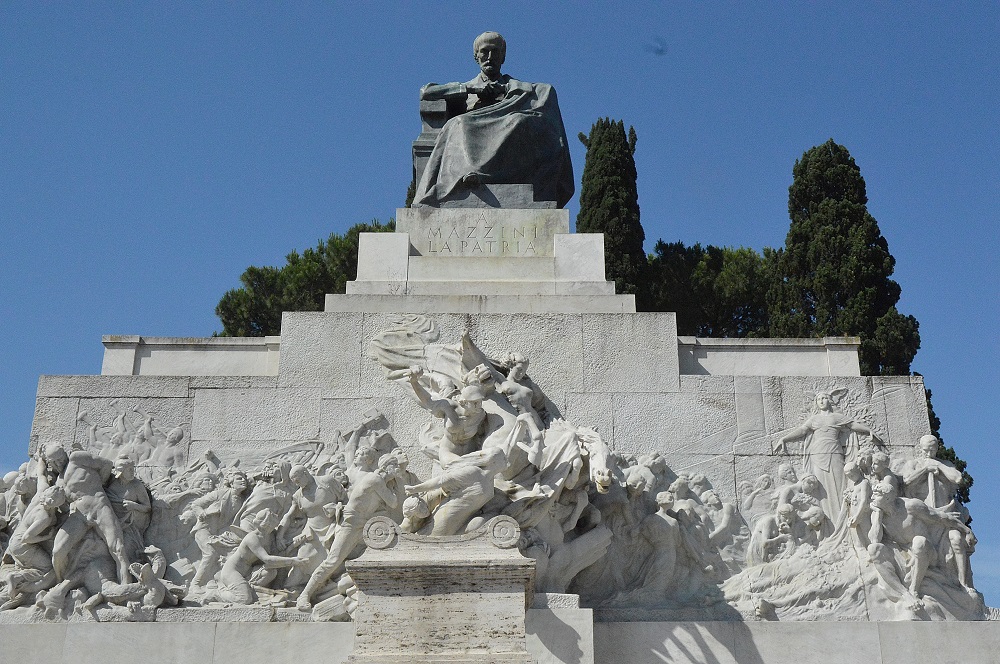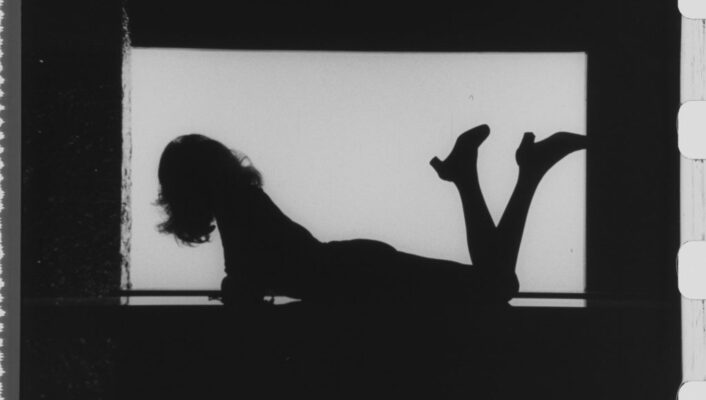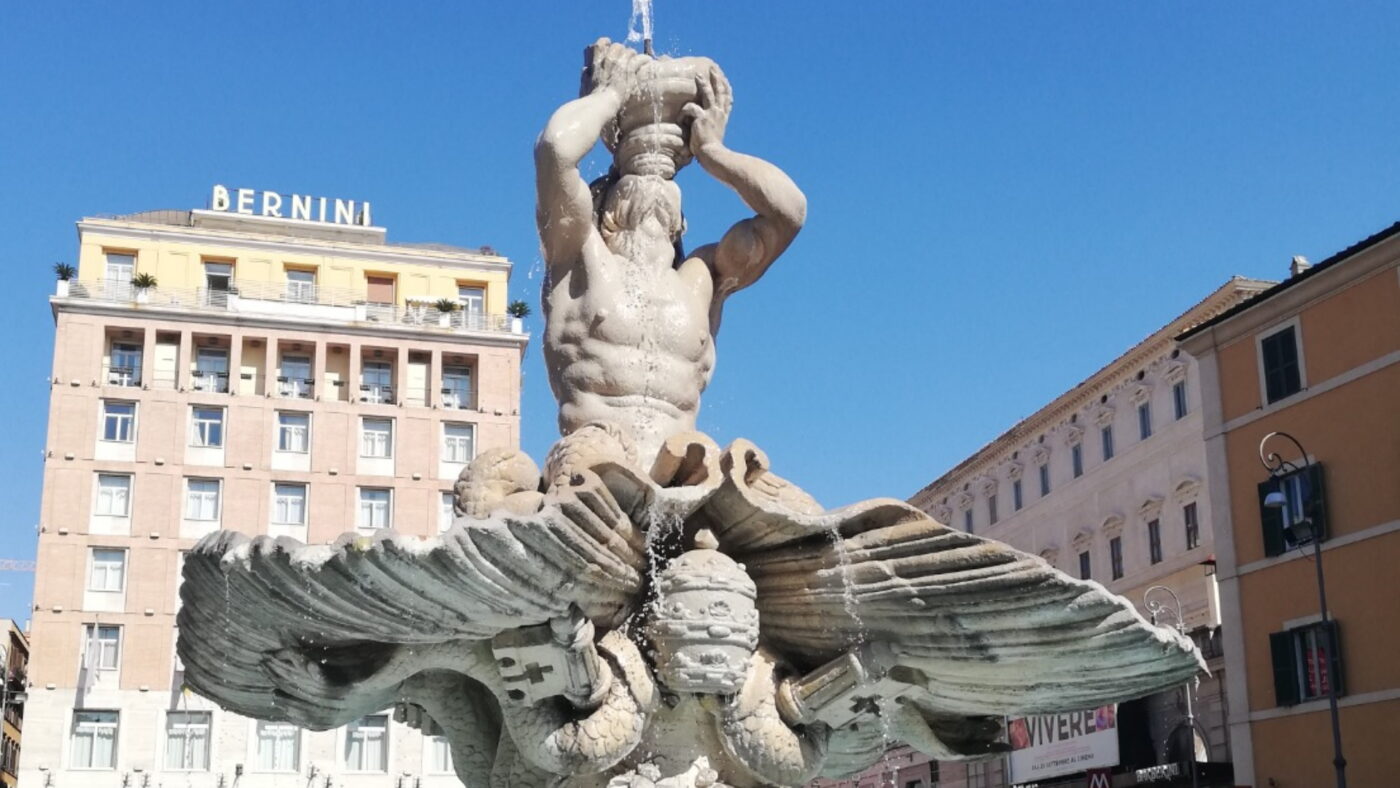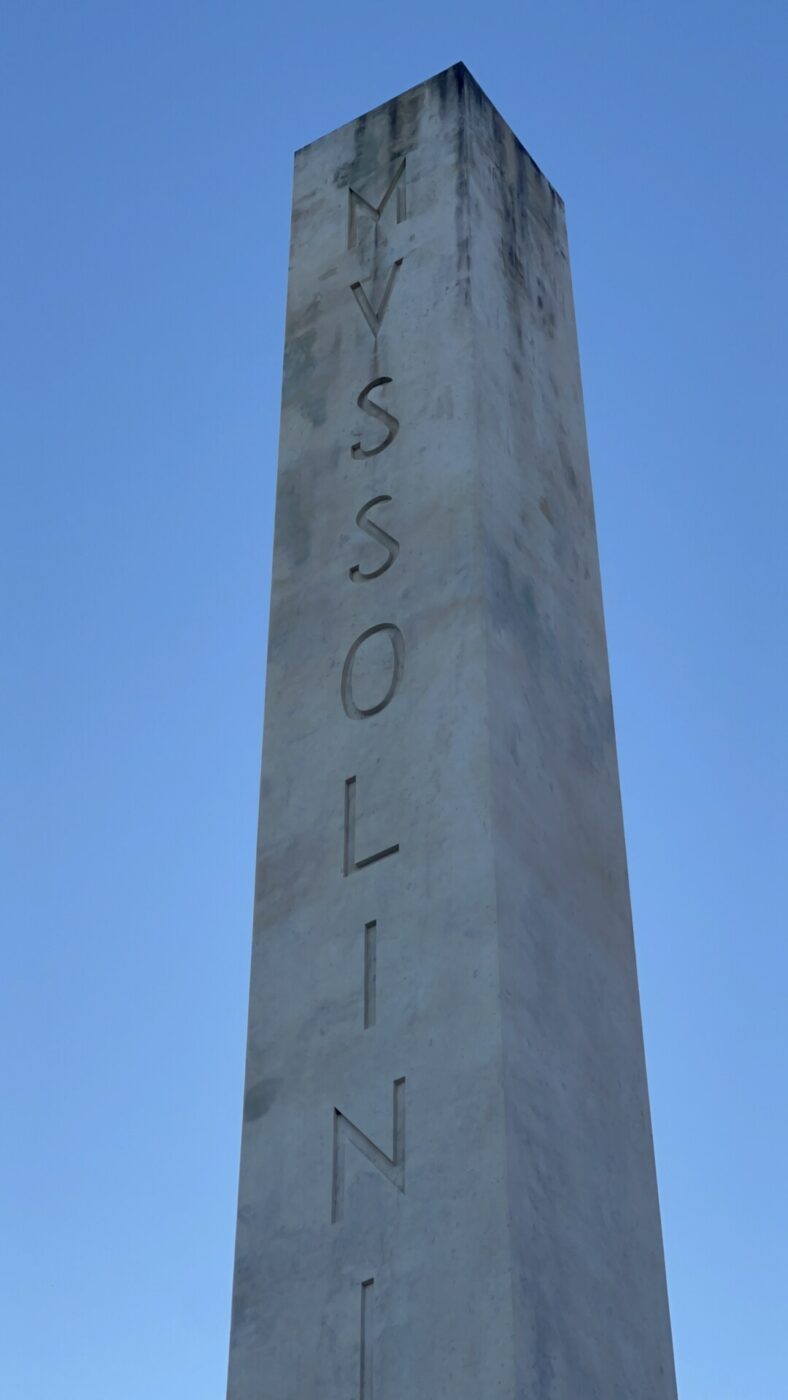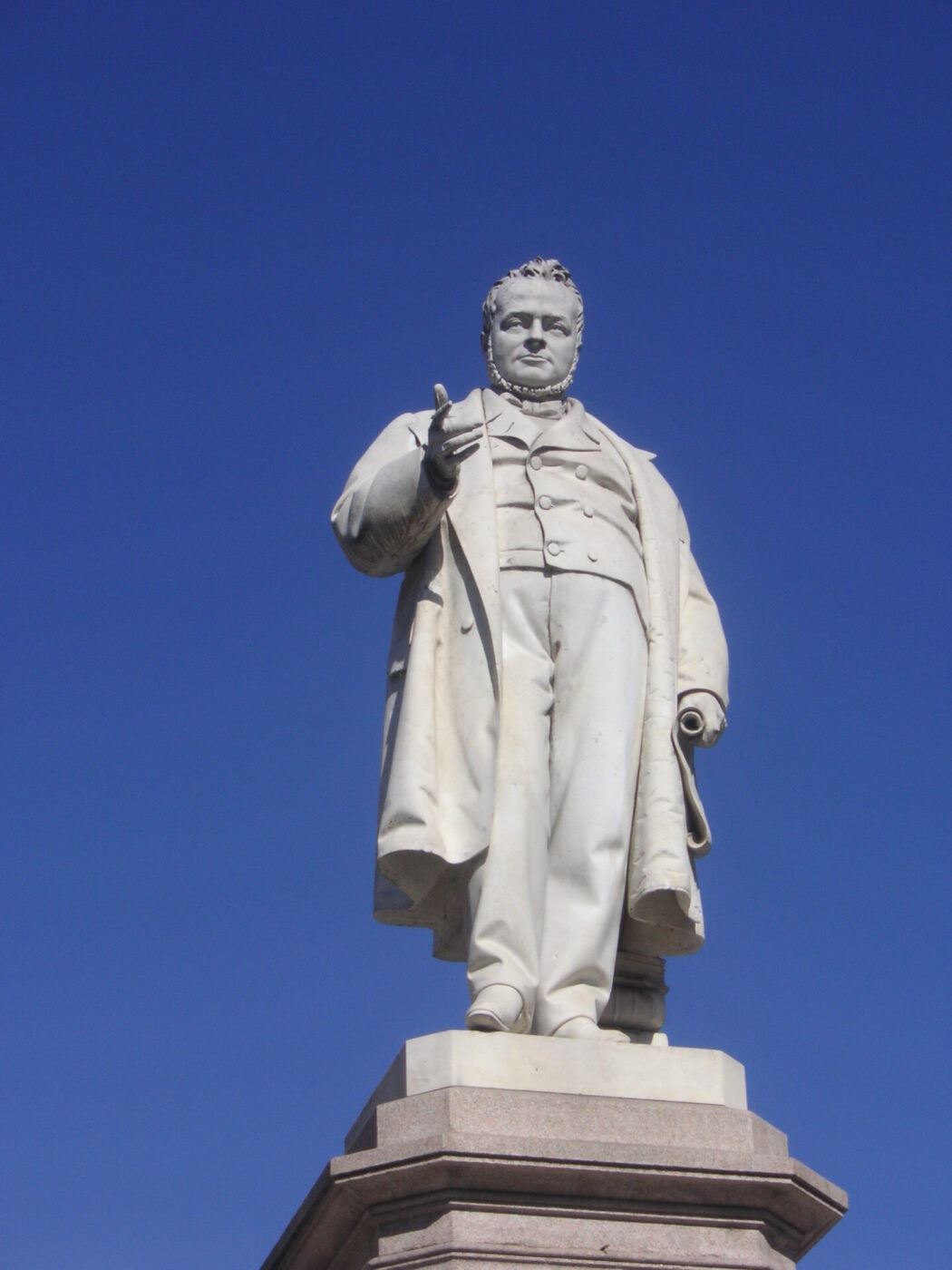The last few years have seen the United States deeply re-think public sculptures following Black Lives Matter protests, inspiring similar demonstrations and conversations around the globe. And yet, there’s been no such reckoning here in Italy–particularly surprising in a country where such statues are superabundant.
Old nations, Nietzsche said, have a tendency to monumentalize themselves–to which Italian journalist Ennio Flaiano dovetailed that, in our country, this process will never end.
Italians have never been shy of putting people (and animals) on pedestals: Michelangelo’s David has been standing next to the entrance to Florence’s town hall, in Piazza della Signoria, since 1504 (it was replaced by a copy only in 1910); a bronze sculpture of St. Mark’s lion watches over Venetians passing by the city’s cathedral; sculptures by Bernini adorn Rome’s public fountains.
To enhance our sense of national pride, monuments dedicated to our Padre della Patria (Fathers of the Nation) embellish every public square, park, seafront, boulevard, intersection and even country road. Vittorio Emanuele II, Giuseppe Mazzini, Camillo Cavour and Giuseppe Garibaldi formed the A-team of Risorgimento, the agitated period that culminated in the political unification of the country in 1861. Together, they cover every declination of 19th-century male power: respectively, the king, the intellectual, the politician and the general.
Fate provided the four men with recognizable features that look even better when turned into stone. On high pedestals swarming with bas-reliefs stand the boastful Vittorio Emanuele and his hipster handlebar mustache; Mazzini’s gangly and meditative figure (he always looks a little depressed); Cavour, slightly chubby, with his unmistakable glasses on, smirking at us.
And then there’s Garibaldi. Probably due to his adventurous life and his strong sense of fashion (there’s even a beard style named after him), the “Hero of the Two Worlds” is the most popular subject for a public statue in Italy, second only to the Virgin Mary.
The admiration of his compatriots has produced an array of memorial plaques on the facades of buildings in which the general “posò le stanche membra” (“rested his tired limbs”), and an infinity of Garibaldis in bronze scattered throughout the country from Rovigo to Catania. Garibaldi standing, Garibaldi on a horse, Garibaldi walking, trotting, galloping, Garibaldi thinking, Garibaldi shouting, Garibaldi in a hat, without a hat, holding a gun, brandishing a saber… It doesn’t matter which version you have him in, the “genius exterminator of every tyranny” is there to watch over us, reminding his humble children of their homeland virtues.

Giuseppe Garibaldi, Rome

Fontana del Tritone by Lorenzo Bernini
Sadly, it looks like our fathers of the nation were too busy to bother about gender balance.
In 2021, the association “Mi Riconosci” published a census of Italian public sculptures and monuments dedicated to women, concluding that they are about non-existent. Putting together Rome, Naples, Milan, Turin, Florence, Bologna, Bari, Palermo, Cagliari and Venice, they reached a total number of 20, of which only eight are proper statues. Those that do exist tend to be stereotypical and sexualised.
The urban redevelopment of Italian towns in the past 20 years could’ve helped overcome this imbalance. The late 1990s witnessed the spread of an exorbitant number of roundabouts, replacing traffic lights and dangerous intersections. Considering their shape, some enlightened local administrators thought they would be perfect to display three-dimensional art. But, instead of funding more statues dedicated to women, roundabouts have turned into kitsch displays of local products…disguised as contemporary art.
Emilia-Romagna’s culinary traditions, in particular, have inspired artists more than anywhere else. And so it happens that a roundabout in Bibbiano hosts a gargantuan piece of parmesan cheese in marble; Ferrara has erected a monument to the salama da sugo (a traditional pork salame, strongly flavored with spices and red wine); while Modena has doubled-up, greeting its visitors with homages to balsamic vinegar, rendered as a huge black drop that looks more like an enema, and to Lambrusco wine in the shape of a towering bunch of oversized glass spheres that are meant to recall grapes.
In front of the questionable taste of many of these endeavors, one wonders if it isn’t just better to demolish them and have no sculptures at all. After all, following the removal of many Confederate statues in the United States, such as that one of General Lee, iconoclasm has become a hot topic even in Italy.
Actually, we’ve been here already. After the fall of Mussolini, the defascistization of the country started with the destruction of the very effigies of the dictator. Though a couple or two flew under the radar–like the 36-meter-tall obelisk engraved “MUSSOLINI”, still standing casually today in Rome, for instance.

Obeliscum, Rome
Staying on topic, in 2019 and 2020, the statue of Italian journalist Indro Montanelli in Milan was vandalized twice. Several associations asked for the removal of the statue altogether (to no avail), considering Montanelli’s fascist militancy and the fact that, during the invasion of Ethiopia, the then-26-year-old writer bought and married a local girl, aged 12.
But if we’ve been overall attentive at putting some distance between us and our fascist legacy, one conspicuous figure has consistently slipped through social punishment’s fingers.
A statue of King Leopold II of Belgium has been removed in Antwerp, and one of slave-trader Edward Colston toppled down in Bristol, but right next to Genoa’s train station, high up on a column surrounded by allegorical figures, still stands a young and pensive Christopher Columbus.
Who knows if news has reached him (or most Italians, for that matter) that dozens of monuments very similar to him have now been discharged in the U.S., or that Mexico City is replacing one of his counterparts with the sculpture of an indigenous woman?
How shall we explain to Columbus’ Genoese fellows–and in fact, to this entire country–that one of our most celebrated national heroes didn’t just discover the Americas, but also started the systematic exploitation of its indigenous people?
While I shiver at the idea of approaching a group of Ligurian elders to educate them of the fact, I’m also aware that the time has come to reconsider these parts of our history and cultural identity.
Italy is famously, and often, described as “a nation of saints, poets, and seafarers”–the latter being primarily referential to Columbus. I start to wonder what it means that these three demographics are so ingrained in our national identity, before quickly remembering that the very expression, so frequently quoted by the Italian press, comes from Fascist propaganda–ideated by none other than Mussolini. We might want to rethink that one too.
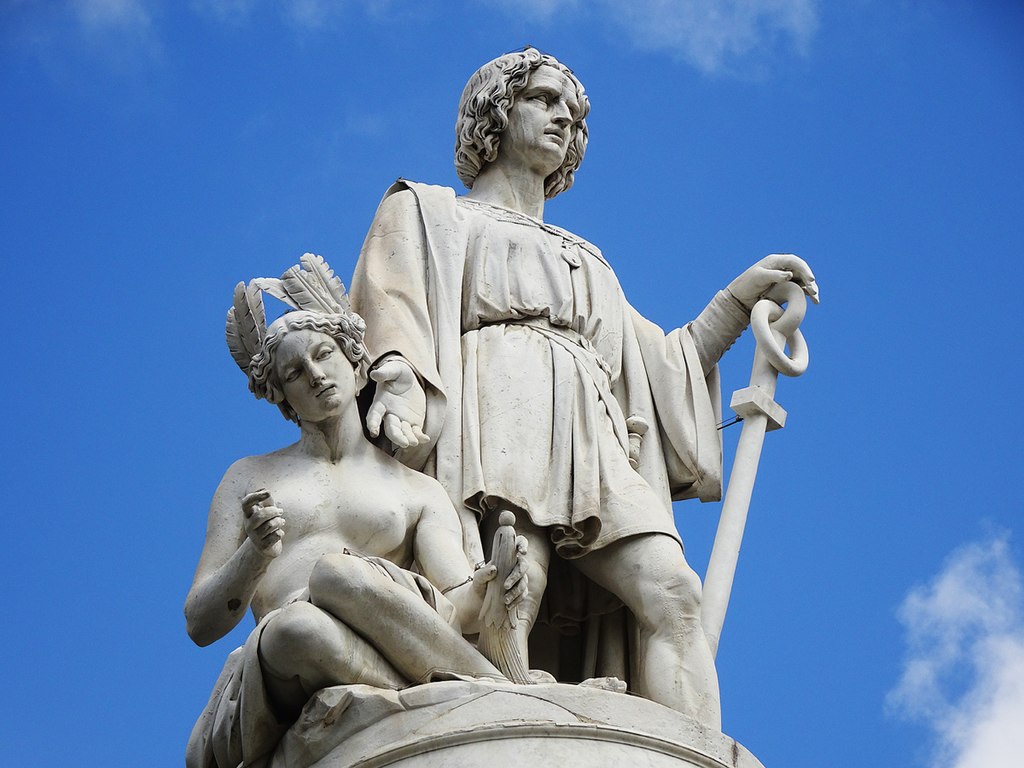
Cristoforo Colombo, Genova


